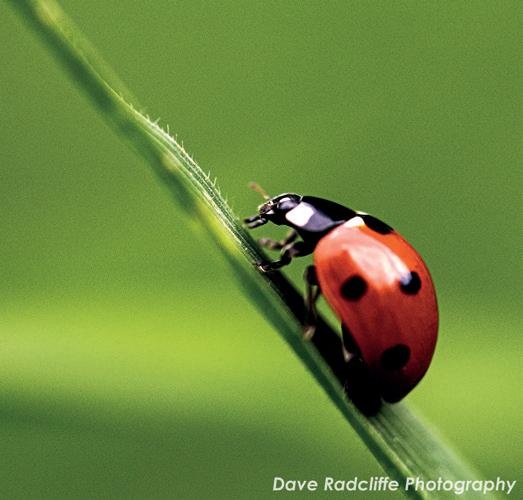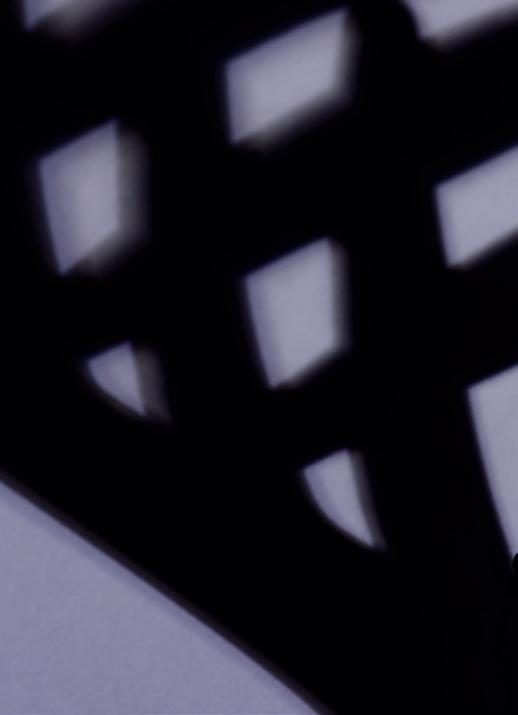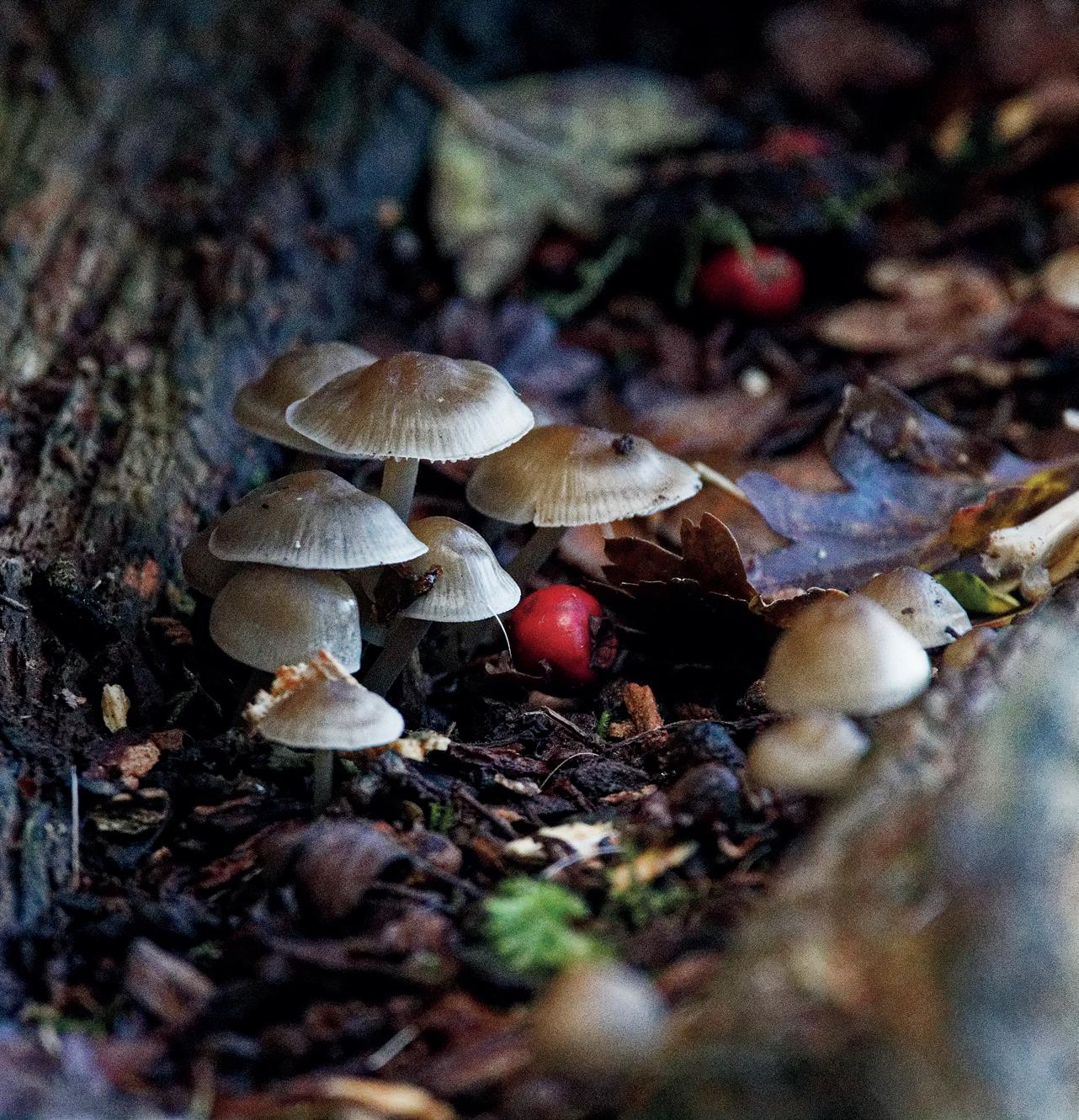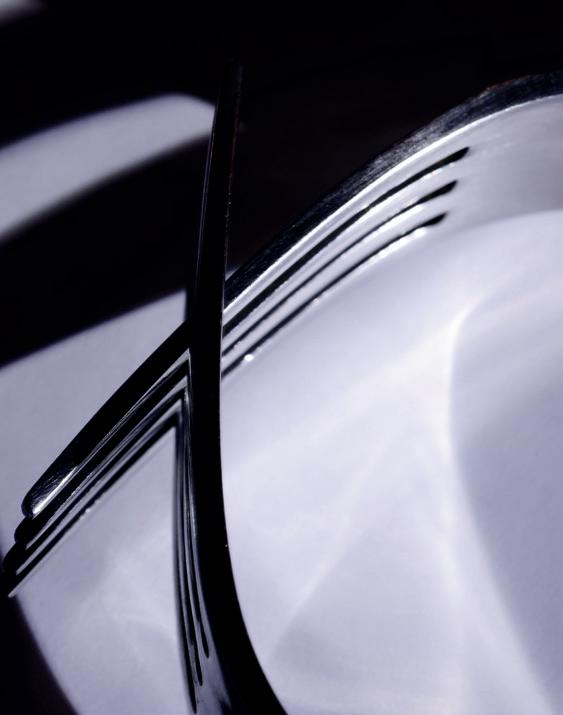
3 minute read
pages
from Village Tribune 127
By Dave Radcliffe

Advertisement
MACRO/CLOSE-UP PHOTOGRAPHY
This aspect of photography can be quite technical, though I will try my best not to make it so, well who really wants to know about the inverse square law anyway?

Enter the world of the small, tiny and close up and be amazed at what is there right under your nose, foot, hand… Photography teaches us to see, to see is to perceive from this we experience, learn and hopefully understand, allow us to ask the eternal question “why?” To look is to learn, even in the mundane everyday things that surround us and take for granted there is something that can inspire us in the world of macro photography. With the way things are at the moment, macro/close-up work is something you can indulge in, even get the kids involved. It gives them a break from their online school work but yet is educational in its own right. This can occupy one’s mind and you can unleash your inner creativity Things to consider are repetition, detail is all around us in nature and in man-made creations/ inventions these things are there, just look you probably take these things for granted as I do. You don’t need all of the subject in frame to know what it is, so you can concentrate on the image and the subsequent view. For example the lines of a humble fork which we use everyday, the petals of a flower, not just from the front of a flower but from underneath as well, to see the structure that nature creates is quite amazing and yet most of us take no notice of at all.

So to equipment, dedicated Macro lenses on a DSLR (Digital Single Lens Reflex)camera produce wonderful images that are designed for close focus to the subject, often to inches away. Another option is extension tubes. These are a cheap way into macro work, these fit between the lens and camera body and give macro capability to most lenses. Finally there are close-up filters which vary in strength and screw onto the front of the lens, these give varying results and are okay just to dabble with. But not everyone has a DSLR and dedicated macro kit, a lot of kit lenses offer a macro function but can not produce the same detailed results, other digital





cameras often have a very good macro function built into them and these also work well.
The cameraphone that a majority of us carry around every day has a macro function and a lot have a 'super macro' mode as well. For dedicated macro work it is advisable to have a tripod or another camera support system, a bean bag is good, also using a self timer to avoid camera shake. The Fork Tines image is as simple as two forks, one piece of white paper and a LED torch as a light source, DSLR, tripod and 150mm macro lens.
If any reader has a photography questions they would like answered I would be more than happy to do my best at answering them, give me a shout on email at
Thebaintonsnapper.com
P.S. We want to see your images for the calendar competition (see page 28), so don’t be shy, get snapping and who knows, it may be your submission in the calendar for all to see.








